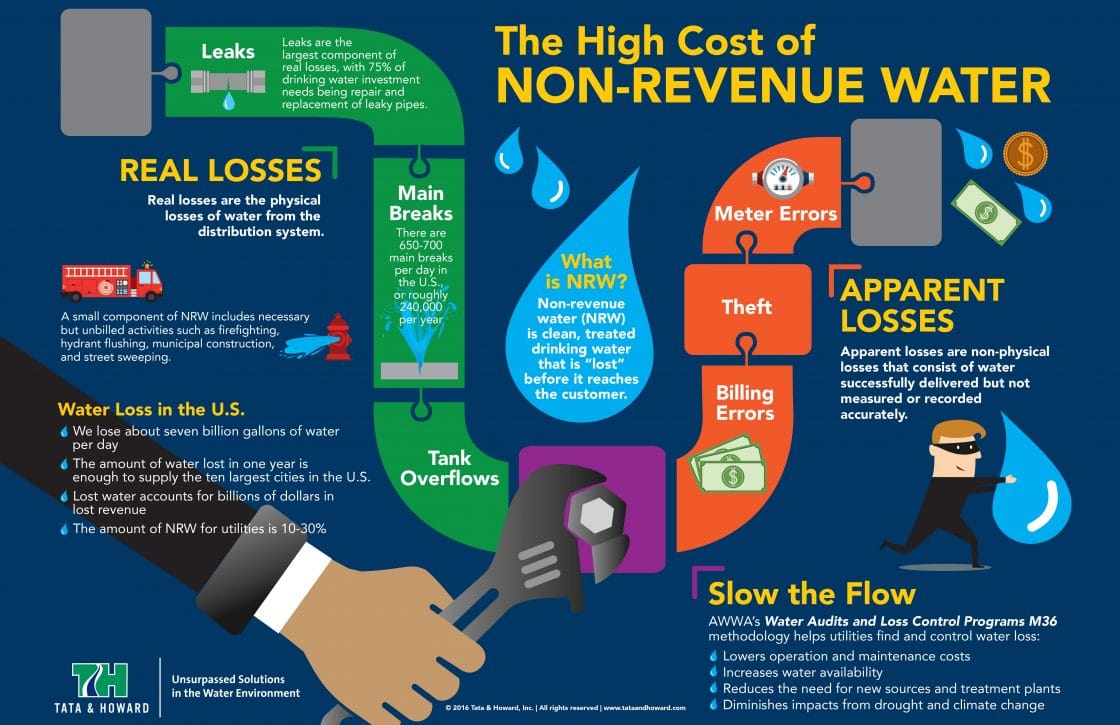When taking into consideration the expenses of solar installation, you could wonder about the upfront financial investment needed and whether it lines up with the possible long-lasting advantages. Understanding the ins and outs of these expenses and the numerous factors affecting the total return can shed light on the worth suggestion of transitioning to solar energy. By reviewing both the first arrangement prices and the projected financial savings with time, you can obtain insight right into whether the financial investment in solar installation holds promise for your financial future.
Preliminary Configuration Costs
When taking into consideration the expenses of solar setup, the initial setup costs play a crucial role in your decision-making process. These upfront expenses include the rate of solar panels, inverters, installing tools, and installment labor.
The price of photovoltaic panels can differ relying on the brand, effectiveness, and size you pick. Inverters are essential for converting the sunlight's energy right into usable electrical power and be available in various types such as string inverters, microinverters, and power optimizers, each with its own price implications.
Installing tools, such as shelfs and rails, is necessary to securely set up solar panels on your roofing system or property.
The setup labor cost covers the expert installation of the planetary system, making certain that everything is set up correctly and efficiently. Bear in mind that while these preliminary configuration expenditures might appear high, there are frequently discounts, tax obligation rewards, and funding options available to assist counter the expenses and make solar setup extra budget friendly over time.
Long-Term Savings Evaluation
To recognize the economic benefits of solar installment over time, it's vital to conduct an extensive long-term cost savings analysis. While the initial arrangement expenditures of photovoltaic panels might seem challenging, the lasting financial savings can surpass these expenses dramatically. By using the power of the sunlight to produce power for your home, you can potentially save thousands of dollars on your utility expenses over the life expectancy of your planetary system.
Among the vital aspects to think about in a long-term savings evaluation is the reduction in your power bills. With photovoltaic panels, you can create your electricity, reducing and even removing your dependence on the grid. This can cause substantial savings, especially as energy prices continue to rise.
In https://rvsolarsystem64310.targetblogs.com/30771276/uncover-the-essential-considerations-for-an-effective-solar-setup , several federal governments supply rewards such as tax obligation debts and discounts for mounting solar panels, further enhancing your lasting cost savings. By making the most of these motivations and maximizing your solar power manufacturing, you can enjoy significant monetary advantages for many years ahead.
Roi Estimation
Considering the economic benefits of solar setup, it's time to evaluate the Roi (ROI) computation. Identifying the ROI involves comparing the complete expenses of setting up a solar system with the economic benefits it creates over its lifespan.
To determine ROI, divide the net benefit from the system by the total investment cost and increase by 100 to obtain a portion. The ROI formula is: (Internet Revenue/ Total Investment Expense) x 100.
For instance, if the complete expense of setting up a solar system is $20,000, and over its lifespan, it produces savings and profits completing $30,000, the internet revenue would be $10,000. Separating this by the complete investment expense of $20,000 provides a ratio of 0.5. Multiplying https://www.cnet.com/home/energy-and-utilities/why-you-need-home-batteries-no-its-not-all-about-blackouts/ by 100 gives an ROI of 50%.
Usually, a higher ROI shows an extra economically rewarding financial investment. Variables like government rewards, upkeep costs, and power cost variations can influence the ROI of solar setups. Comprehending the ROI aids in assessing whether investing in solar power deserves it in the long run.
Final thought
In conclusion, recognizing the costs of solar setup is essential for figuring out if it is worth the investment. By thinking about initial arrangement expenditures, carrying out a lasting savings evaluation, and determining the roi, you can make an informed decision about the financial value of solar power. With the capacity for decreased energy expenses and enhanced power self-reliance, purchasing solar setup can be a clever choice for both your wallet and the environment.
